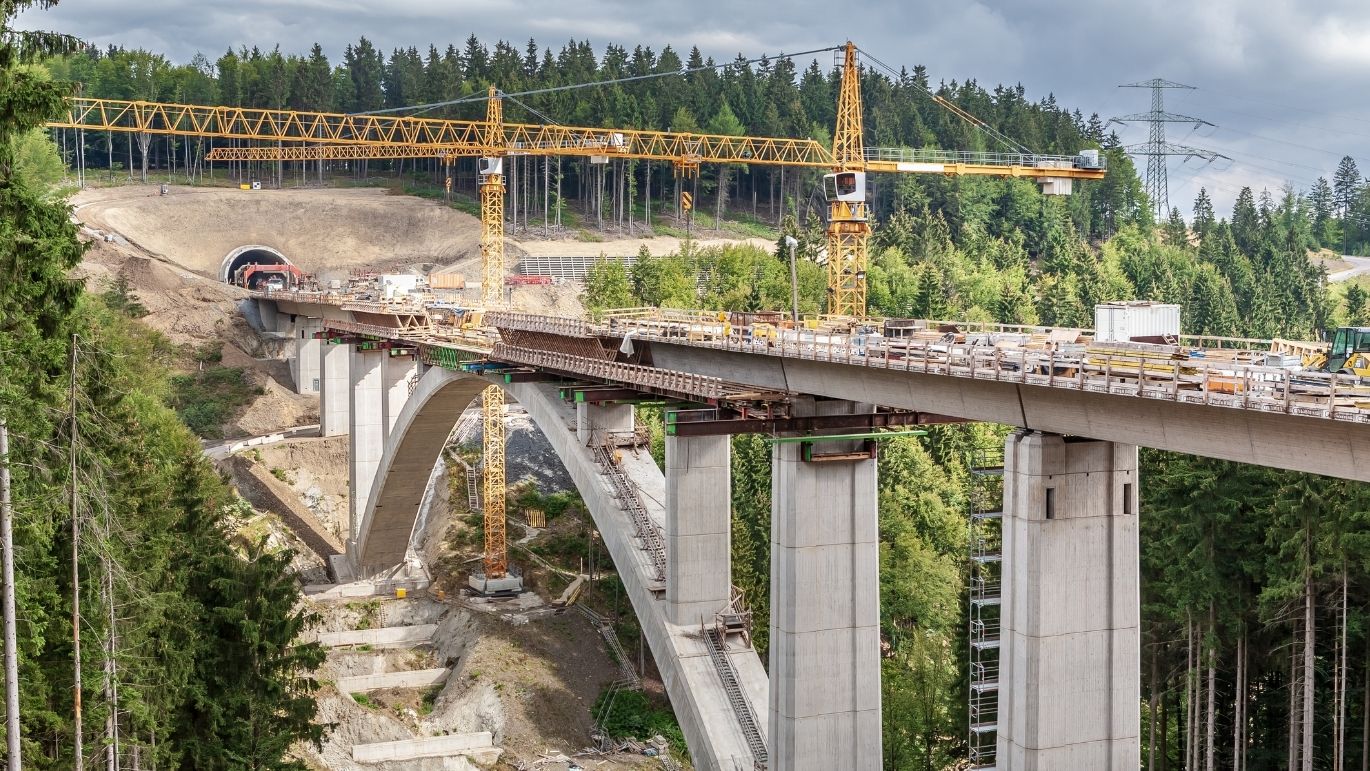How James Porter’s concept of the Reasonably Stable Platform can help us deliver megaprojects on-time and on-budget
“I would like to call to your attention what I believe is the most important and most unique requirement for a successful megaproject. … That is the need to assess and then shape the opportunity into a reasonably stable platform from which to manage the project.”
~James Porter, former chief engineer, Dupont
In this short article, I’d like to discuss and elaborate on the concept of the reasonably stable platform that Dupont engineer James Porter invokes in this fantastic quote from Edward Merrow’s book, Industrial Megaprojects. What does a reasonably stable management platform look like on a modern megaproject? How does it function? How can we build and maintain a management platform that supports us in delivering on-time and on-budget? Where do Advanced Work Packaging and Predictability Thinking™ fit in?
Our Answers To These Questions Matter
These are not philosophical questions. A recent survey from IPA canvassed more than 300 global megaprojects and found that 65% of industrial projects with budgets over $1 billion failed to meet their business objectives. Practically speaking, this means these projects did not do what they were intended to do. In some sectors, this rate ran as high as 75%. If James Porter says that a reasonably stable management platform is the most important requirement for a successful megaproject, I think that’s worth exploring.
When we look at the way megaprojects have traditionally been approached and studied, we see a heavy focus on opportunity-shaping and risk management. By contrast, we see little or no discussion of management platforms. In the three points that follow, I’ll argue that we need to broaden our thinking to include management platforms.
Why? Because statistics like those noted above illustrate that there is no distinction between “business” and “execution.” The execution is the business, the business is the execution. When our management systems reflect this fact, they will become increasingly stable and more effective in supporting our teams to deliver on-time and on-budget.
So, what does a reasonably stable platform look like, in the context of a megaproject?
1 | It is designed and driven by Predictability Thinking™
A reasonably stable management platform is built to encourage, incentivize and support predictable behavior from everyone on the project. It enables people to report issues right away. It identifies and addresses blind spots in the collaboration. It spots silos, connects them, and breaks them down when necessary. It’s a management platform in which the contracting strategy, stakeholders and collaboration are coherently designed to support on-time, on-budget delivery. It supports proactive problem solving and conflict resolution.
A platform like this does not emerge by chance: it must be planned, funded and built. A megaproject organization is temporary by nature, but it’s long enough and large enough in scope that it needs to be set up like an established business. To succeed, all decisions concerning the structure of the management platform must be anchored in predictability thinking.
2 | It’s built to support disciplined, construction-driven collaboration
Opportunity shaping and risk management are just the tip of the iceberg. To build a successful megaproject, you have to go deep and look at everything that sits below the surface, from organizational charts and schedules to collaboration tools and information exchange protocols. A superficial approach that focuses only on definition and risk leaves far too much of the project execution to chance.
A reasonably stable platform supports disciplined, construction-driven collaboration by setting clear expectations and providing systems that support their achievement. Advanced Work Packaging is the most powerful tool we have for achieving these outcomes. It is a ready-made, yet flexible structure that makes the entire iceberg visible. If the devil is in the details, as they say, then AWP can show you all the places he hides.
If the devil is in the details, as they say, then Advanced Work Packaging can show you all the places he hides.
Olfa Hamdi Tweet
3 | It stays out of the business vs. execution trap
The notion that business and execution are separate or distinct is a dangerous trap. The reality is that business and execution are two sides of the same coin. This is a challenging paradigm shift for many in our industry, but it’s essential if we want to start building reasonably stable management platforms.
In practical terms, what I’m saying is that in the lifecycle of a successful megaproject, the people who execute the project need to be involved in the business planning, and the people who do the business planning need to be engaged in the execution to a certain extent.
The entire process must be construction-driven, which means the people who construct need to be in the room from the very beginning, and the people who ink deals need to stick around until the end to see how their systems work (or don’t). Is this challenging? Yes. Is it possible? Absolutely.
The glue that holds it all together is a construction-driven project team that understands the business objectives and is also committed to Advanced Work Packaging. If you’d like to learn more about AWP and Predictability Thinking, check out our Predictability Package options or sign up for a self-directed, on-demand course at the Concord® Academy.
Olfa Hamdi is an Advanced Work Packaging expert and a former auditor of megaprojects and capital projects with IPA.





